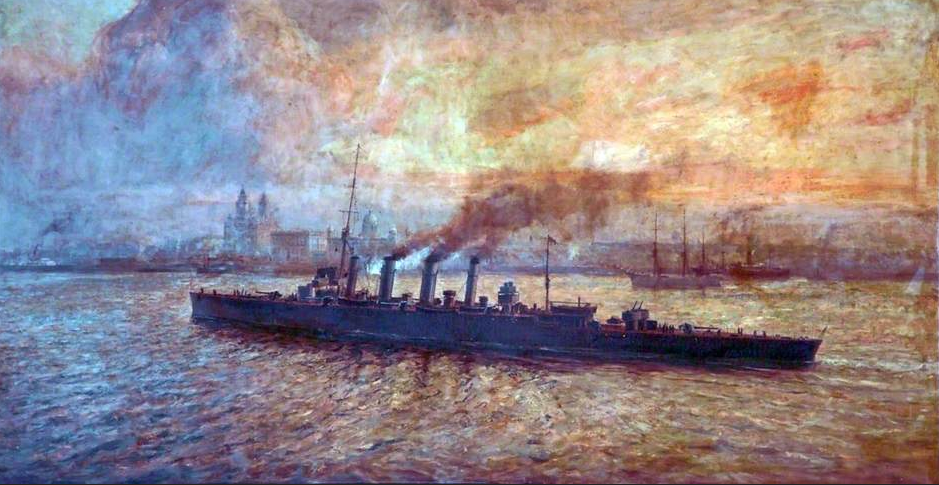History
The Williamson opened as a purpose-built gallery & museum in December 1928, and is home to the vast majority of Wirral’s collection of artistic and historic works.
The Williamson opened as a purpose-built gallery & museum in December 1928, and is home to the vast majority of Wirral’s collection of artistic and historic works.
At first hotels and large houses developed, but the potential of Birkenhead as an industrial centre was seen by Scottish engineer William Laird who bought land and in 1824 opened a boiler works which later became a ship yard. Now the town grew rapidly, and it became a visionary and exciting place to be:

Arthur James Wetherall Burgess, “HMS ‘Birkenhead'”
“London is a modern Babylon; Paris has aped imperial Rome, and may share its catastrophe. But what do the sages say to DAMASCUS?…it still exists and still flourishes; is full of life, wealth and enjoyment. Here is a city that has quaffed the magical elixir and secured the philosopher’s stone, that is always young and always rich. As yet, the disciples of progress have not been able exactly to match this instance of Damascus, but it is said that they have great faith in the future of BIRKENHEAD.” (Tancred, Benjamin Disraeli)
In 1847 Birkenhead Park opened as the first purpose-built public park in the world; in 1860, Birkenhead introduced the first public tramway in Europe. The docks expanded and, in partnership with Liverpool, traded across the globe. And Laird’s shipbuilders (later Cammell Laird) became one of the most important ship yards in the world, building for private, commercial and naval clients.